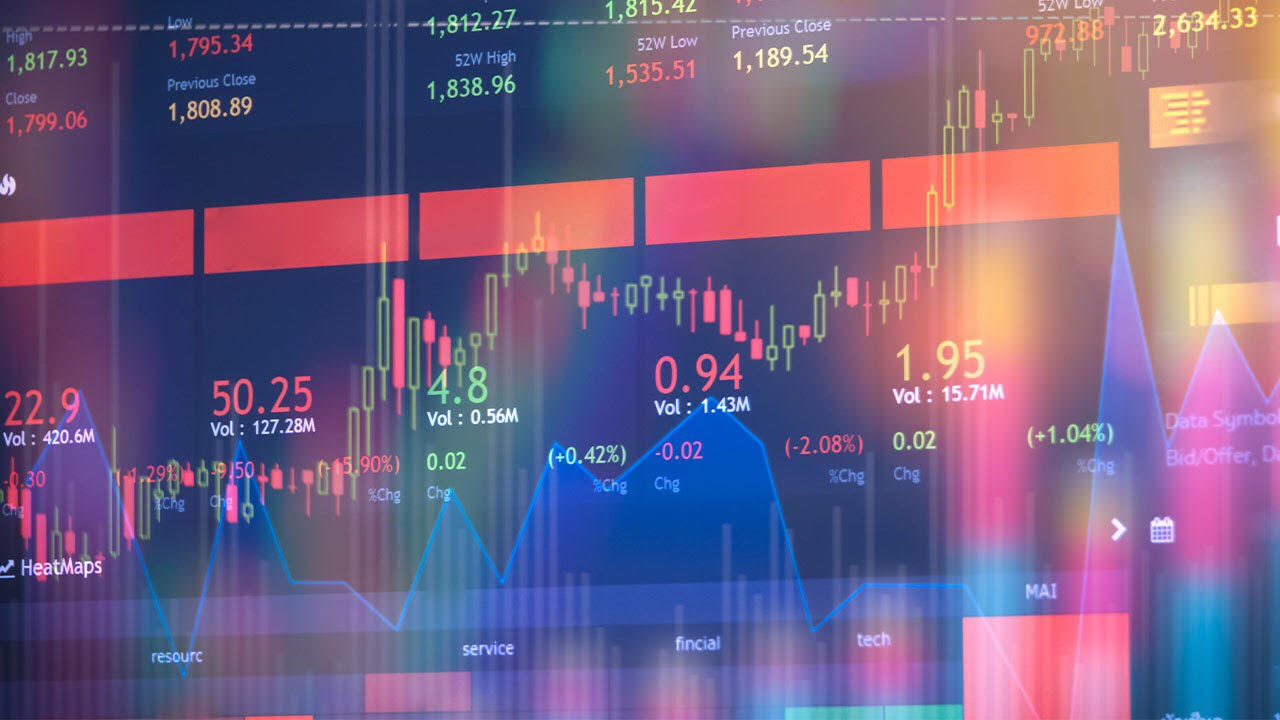In recent years, every sector of human activity has been deeply transformed by the increase in data quantity and quality, and the development of artificial intelligence and the “communication” technologies around it. Given how the relationship between supply and demand operates, this is all the more true for the energy market, and also the direction in which Enel Energia is moving to provide an even more advanced service. To understand how are changing energy provision and supply, we must first revisit their operation in detail.
Just imagine the journey of another primary good: food. A pack of pasta is produced by processing raw materials in a pasta factory. The product is subsequently boxed and transported to a warehouse, where it is stored and subsequently placed on a shop or supermarket shelf to be sold to consumers. Finally, consumers will take the pasta pack home, keep it in the pantry for a while, and put it on the table later on. It is a long journey that unfolds over time. Interestingly enough, almost no steps in this standard process can be applied to the energy that illuminates homes and fuels our lives and businesses.
Energy is produced and "delivered" instantly to its destination in a context where energy storage is still in its early days. There are no shelves, no queues at the shops, there is no pantry at home, and there are no sold-out situations (and if so, we talk about blackouts). The result is that the energy you consume is produced instantly, at any time of day, every day of the year. A market that lives in real time bears certain specific requirements: the most important is the forecast of demand trends, to meet the needs of citizens and businesses, and to ensure that the system's energy resources are optimally allocated.
It is an area in which innovation plays a crucial role and, for this reason, Enel Energia continuously studies new solutions to improve its forecasting capabilities, also in light of two important innovations. The first is the installation by e-Distribuzione of the new meters in particular for residential customers: they allow measuring consumption every 15 minutes, multiplying data and information and making each forecast more accurate. In 2020, we will introduce continuous consumption, which allows forecasting corrections up to an hour before consumption.
Bringing forecasting capacity closer to real time is the great future challenge for the market, and one to shape the sector in coming years. Enel Energia tackles this challenge by innovating on two levels, i.e. modelling and automation, integrating them with the indispensable expertise of analysts.
Modelling relies on techniques which include algorithms suitable to create models for a better estimate of electricity demand forecasts, and gain further insight into the consumption habits of each customer type. The automatic reading process, on the other hand, accumulates consumption, weather, and market data at least on a daily basis, constantly feeding the database and updating them to build a permanent picture of current energy trends.
The reality, however, is never linear, and this is where expert analysts come into play. These professionals know-how to interpret and manage situations that models have not yet faced, and for which there are therefore no precedents, also in the light of changes to standards, operator choices or new information. Data are changing the energy market, but people will always give direction, guidance, and innovative strength to processes.



